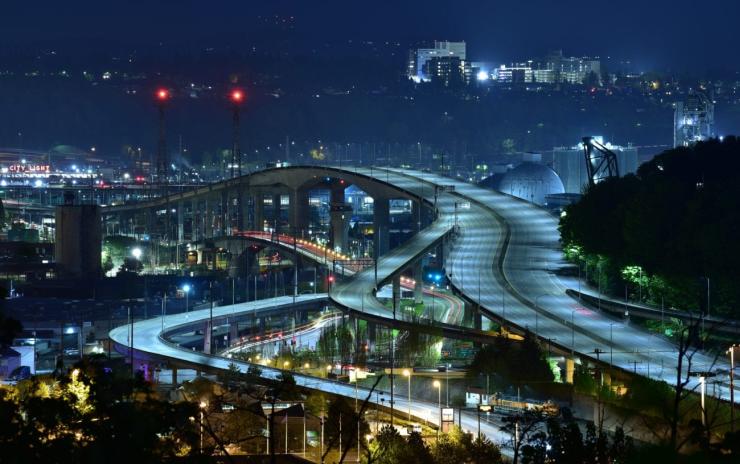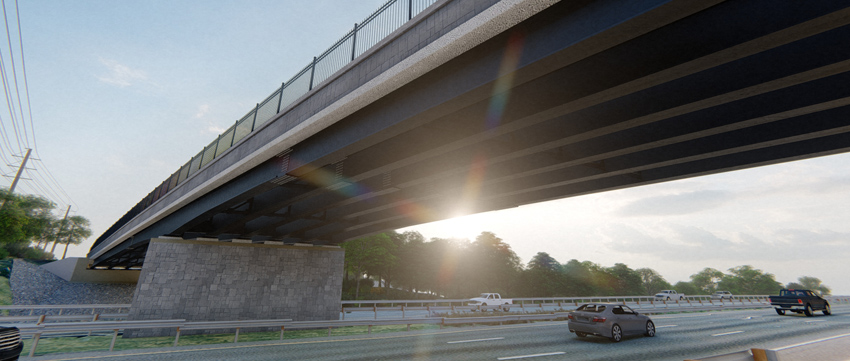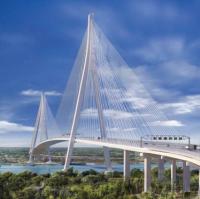The bridge has been closed since cracks were found. A contractor has been appointed to stabliise the structure and an evacuation plan is in place in case collapse appears imminent (link opens in new tab). Some mitigating actions, such as removing the live load and continuous monitoring, have been implemented. Other actions, such as designing the temporary and permanent stabilisation repairs, are just beginning.

The City of Seattle, owner of the bridge, requested that its structural engineer WSP provide a description of potential failure mechanisms.
WSP said that it is possible that the cracks could keep progressing and stop. The bridge is currently exhibiting progressive crack growth at two critical locations of the four quarter points of the twin-box main span between Pier 16 and Pier 17. This is where the first failure mechanism has appeared. While a progressive failure does not mean collapse is imminent, it does illustrate an unintended redistribution of forces within the bridge that could lead to further damage.
The cracks have opened and propagated where the internal reinforcement has yielded but has not broken. The cracks, without any mitigation, could stop, and the bridge could redistribute load until internal forces stabilise. However, this is not considered likely as the bridge will continue to creep over time and thus continue to crack.
A second mode of potential failure would be a partial collapse, said WSP. The damage in this mode depends on the integrity of the existing post-tensioning in the deck and the webs of the box girder. If these reinforcing elements rupture, or if there is pull-out of the post-tensioning from the deck or their anchorage, then partial collapse, the second mode of failure, is more likely.
It could occur in one of two ways. One scenario is symmetrical, in which pieces of concrete detach and begin falling from the bridge at both critical locations. The distress could continue simultaneously with a portion of the main-span bridge box girders separating and falling into the waterway below. It is possible that due to arching effects, portions of the deck remain but in severely deflected state.
The other partial collapse scenario is an asymmetrical collapse, in which pieces of concrete at one location detach and begin falling from the bridge, and then a shorter portion of the main-span bridge box girder separates and falls below. This would result in an unbalanced condition, with overloading of the long cantilever extending out from the opposite pier.
Both scenarios for a second mode of failure would require the bridge to be either partially or completely demolished. The remaining portions of bridge superstructure and foundations may be salvageable if they sustain no or minor damage.
“This bridge’s issues are unique, and we are not currently able to indicate the likelihood of any of the potential failure scenarios,” said WSP. “We do not have probabilistic data for comparison with other structures or other risks. While some risks to bridges, such as earthquakes, have been studied extensively, and so the probability and/or causes of failure are better understood, this bridge’s problems do not fit into a probabilistic failure-prediction framework.”
The time it could take to reach each mode of failure is also unknown with the current data. Survey and displacement data from electronic sensors currently being installed will give real-time information on the bridge’s behaviour and alert the engineers to unusual rates of change.




